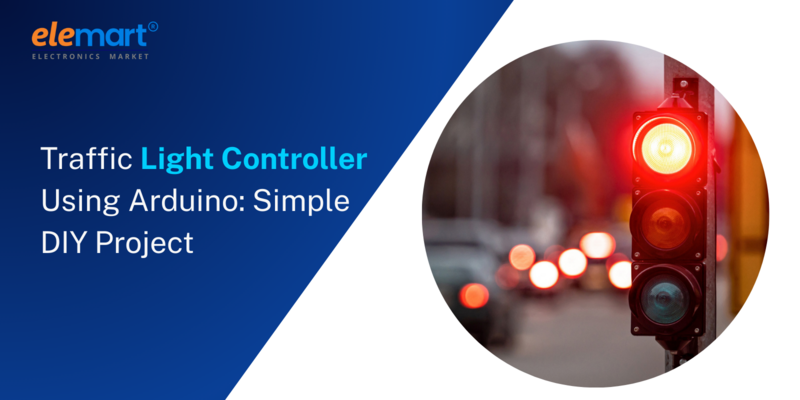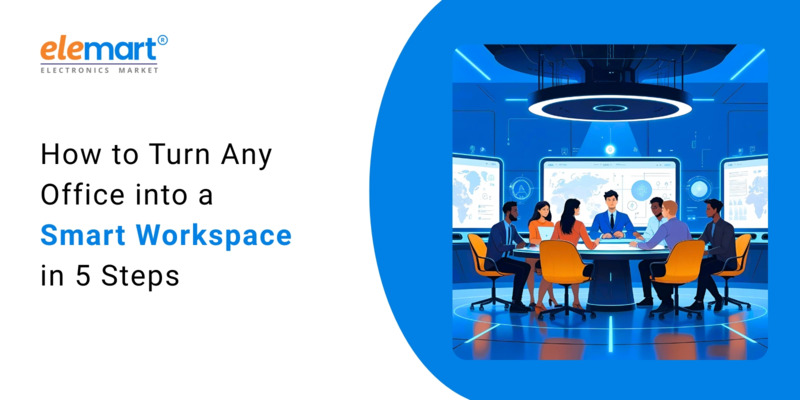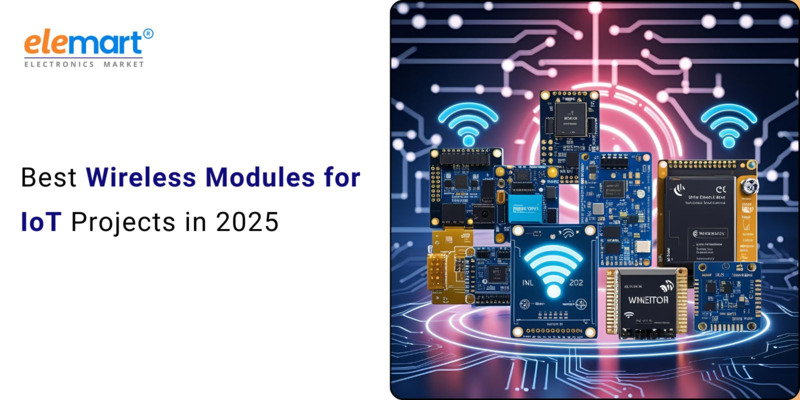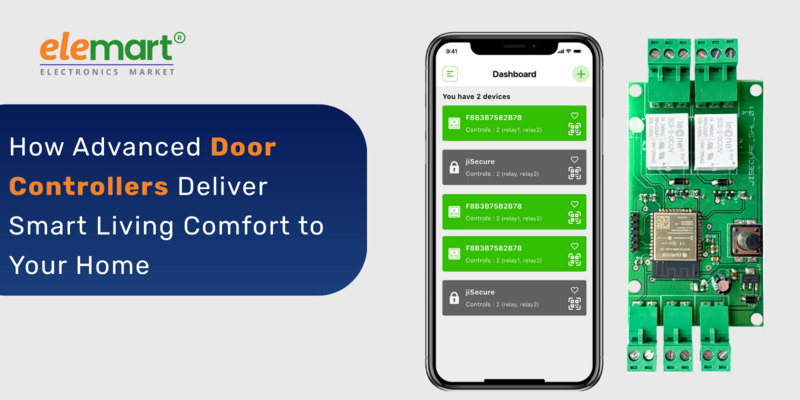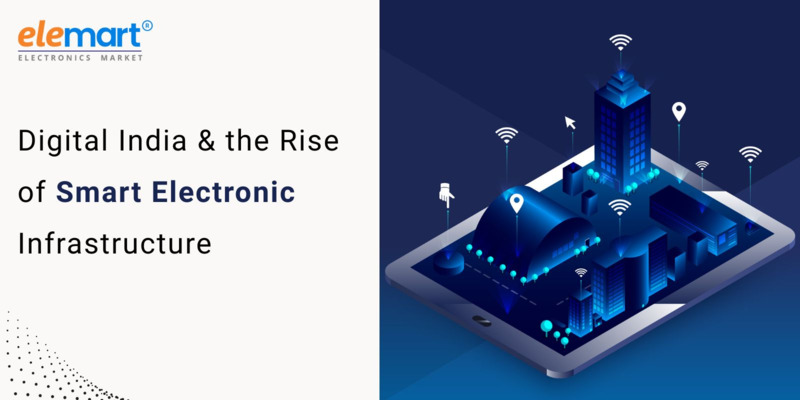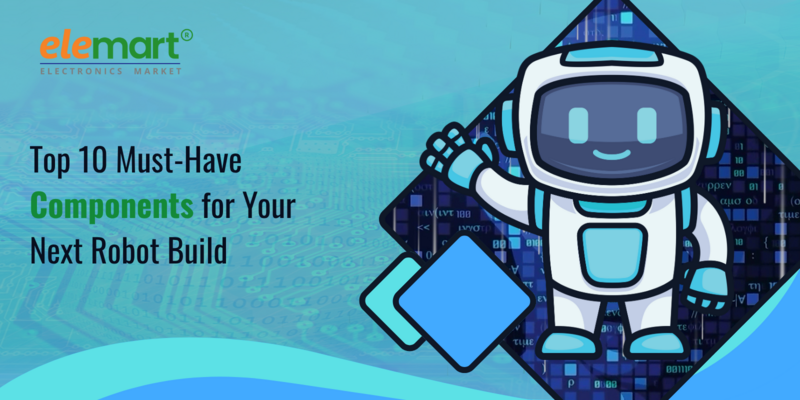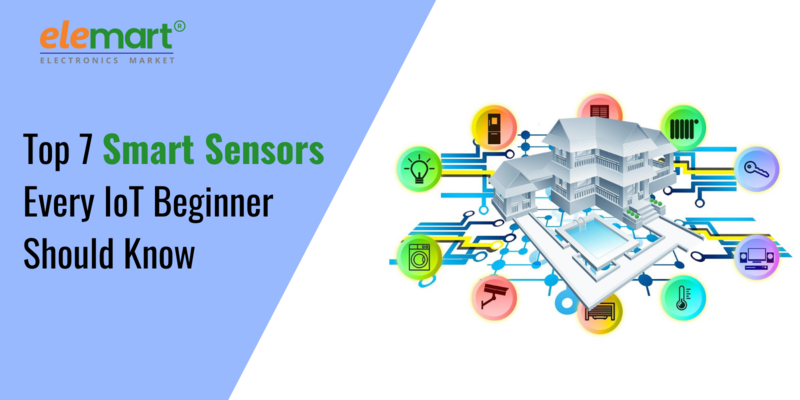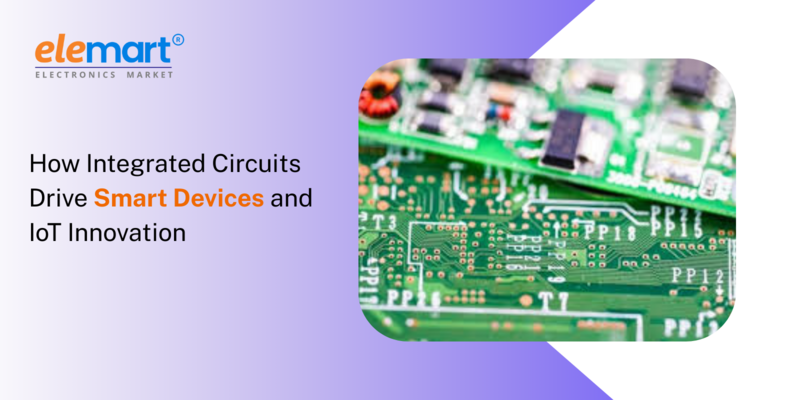- Jul 08, 2025
Share this post on:
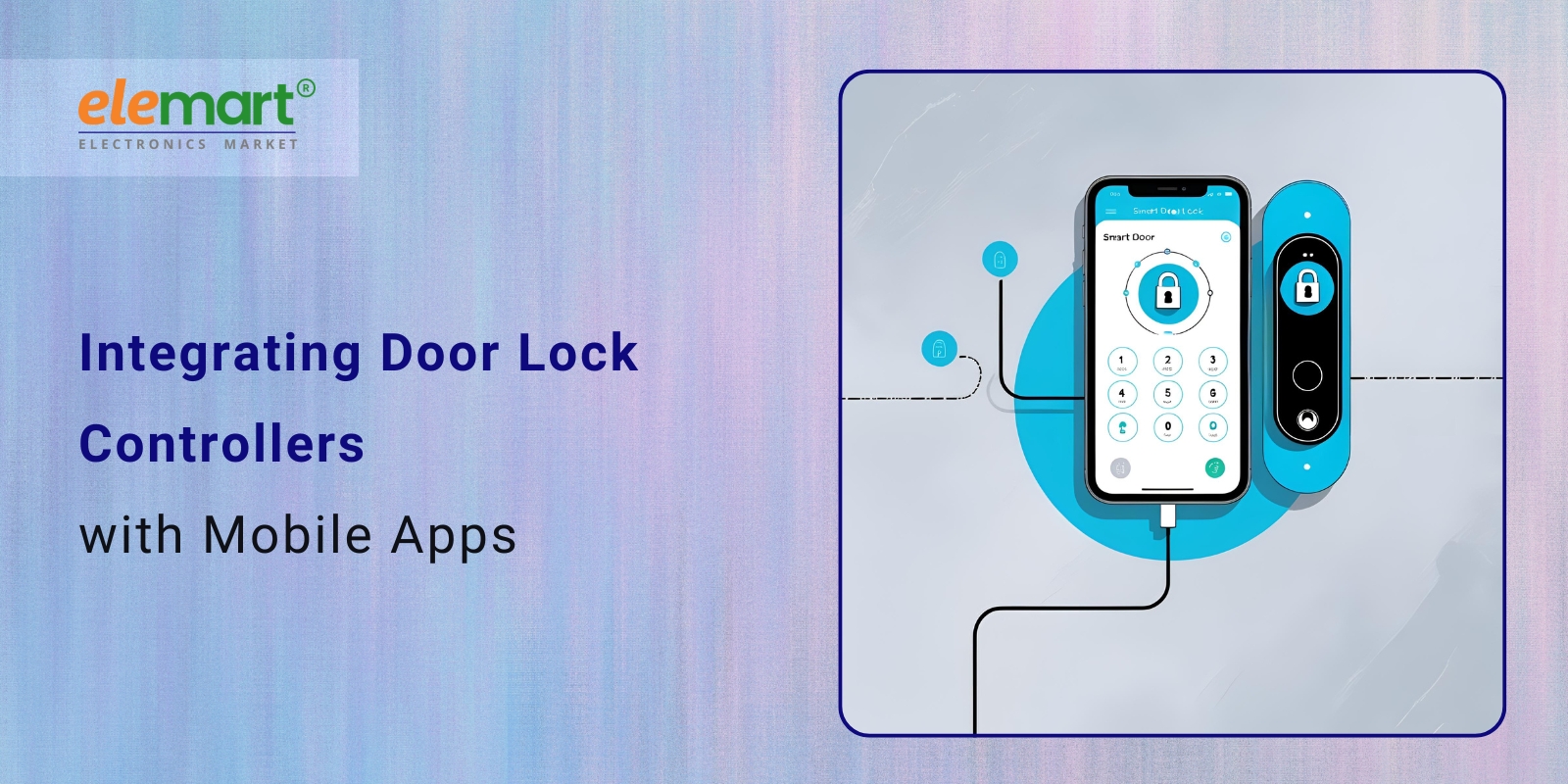
The convenience and security of modern smart homes are rapidly evolving. Gone are the days of fumbling with keys or worrying about misplaced access cards. Today, controlling your door locks with a tap on your smartphone is becoming increasingly common. This integration of door lock controllers with mobile apps isn't just a luxury; it's a powerful combination that enhances security, accessibility, and overall user experience. This blog post explores the technology behind this integration, the development considerations, security implications, and what the future holds for this exciting field.
Understanding the Landscape: Components and Concepts
Before diving into the technical details, let's outline the core components:
- Door Lock Controller (DLC): This is the 'brains' of the operation. It's the physical device connected to the door lock mechanism. DLCs can range from simple, battery-powered units to sophisticated controllers integrated with access management systems. They handle the actual locking and unlocking based on received commands. Common connection protocols include Z-Wave, Zigbee, Bluetooth, and increasingly, Wi-Fi.
- Mobile Application: The user interface accessible via smartphones and tablets. It provides the user with controls to lock/unlock doors, view access logs, manage user permissions, and often provides alerts and notifications.
- Communication Protocol: The language used for the mobile app to communicate with the DLC. This is crucial for reliability and security. We'll explore common protocols below.
- Cloud Platform (Often): Many systems utilize a cloud platform as an intermediary. This allows for remote access, centralized management, and often facilitates features like user management and integration with other smart home devices.
- Access Control Logic: This dictates who can access the door and when. It can be based on time schedules, user profiles, or even biometrics (fingerprint, facial recognition).
Choosing the Right Communication Protocol
Selecting the appropriate protocol is fundamental to a successful integration. Each protocol has its pros and cons:
- Bluetooth:
- Pros: Relatively simple to implement for short-range communication. Doesn’t require a hub.
- Cons: Limited range. Requires the user to be physically close to the door. Can be affected by interference.
- Z-Wave & Zigbee:
- Pros: Mesh networking capabilities extend range and improve reliability. Low power consumption.
- Cons: Requires a dedicated hub. Can be more complex to set up. Proprietary protocols.
- Wi-Fi:
- Pros: Widespread availability. No dedicated hub required.
- Cons: Higher power consumption. Can be vulnerable to security risks if not properly secured. Relies on a stable Wi-Fi network.
- Cellular (LTE/5G):
- Pros: Remote access without relying on Wi-Fi.
- Cons: Ongoing data costs. Higher power consumption. More complex implementation.
Development Considerations: Building the Mobile App and Backend
Developing a robust and user-friendly mobile app and backend involves several key considerations:
- Mobile App Development:
- Platform Choice: Native development (iOS/Android) offers optimal performance but requires separate codebases. Cross-platform frameworks (React Native, Flutter) allow for a single codebase targeting both platforms, saving time and resources.
- User Interface (UI) & User Experience (UX): The app should be intuitive and easy to navigate. Clear visual cues and straightforward locking/unlocking actions are essential. Consider accessibility features for users with disabilities.
- Security: Implement secure storage of user credentials and access tokens. Encrypt data transmission.
- Backend Development:
- API Design: Create a well-documented API for the mobile app to communicate with the DLC and cloud platform. Use secure authentication and authorization mechanisms (OAuth 2.0 is a common choice).
- Database: Choose a database to store user profiles, access logs, and other relevant data. Consider scalability and security.
- Cloud Platform Integration: If using a cloud platform (AWS, Google Cloud, Azure), leverage its services for authentication, storage, and notification management.
- SDKs and Libraries: Many DLC manufacturers provide Software Development Kits (SDKs) to simplify integration. These SDKs offer pre-built functionalities for communication and control.
Security: A Paramount Concern
Integrating door locks with mobile apps introduces significant security challenges. Here's a breakdown of critical security considerations:
- Authentication & Authorization: Strong authentication methods (multi-factor authentication - MFA) are vital. Implement role-based access control (RBAC) to restrict user permissions.
- Encryption: Encrypt all data transmitted between the mobile app, backend, and DLC. Use secure protocols like TLS/SSL.
- Vulnerability Scanning: Regularly scan the mobile app and backend for vulnerabilities and address them promptly.
- Firmware Updates: Implement a mechanism for securely updating the firmware of the DLC to patch security vulnerabilities.
- Physical Security: Consider physical tampering with the DLC. Implement tamper detection mechanisms if feasible.
- Cloud Security: If utilizing a cloud platform, ensure that it adheres to industry-standard security practices and complies with relevant regulations.
- Key Management: Securely manage encryption keys used for data encryption. Never store keys in the application code.
- Rate Limiting: Implement rate limiting to prevent brute-force attacks and denial-of-service attacks.
- Data Privacy: Comply with data privacy regulations (GDPR, CCPA) and be transparent with users about how their data is being collected and used.
Emerging Trends and Future Directions
The integration of door lock controllers with mobile apps is constantly evolving. Here are some trends to watch:
- Biometric Authentication: Expect to see wider adoption of fingerprint and facial recognition for enhanced security.
- Artificial Intelligence (AI): AI can be used to analyze access patterns, detect anomalies, and provide personalized security recommendations.
- Voice Control Integration: Integration with voice assistants like Amazon Alexa and Google Assistant will become increasingly common.
- Edge Computing: Moving some processing capabilities to the DLC itself (edge computing) can reduce latency and improve responsiveness.
- Blockchain Technology: Blockchain could be used to create a more secure and decentralized access control system. This is a more nascent area.
- Integration with Smart Home Ecosystems: Seamless integration with other smart home devices and platforms will enhance the overall user experience. (e.g., automatically locking doors when a security system is armed).
- Temporary Access Codes: Dynamic, time-limited access codes for guests or service providers will become more prevalent.
- Health and Wellness Integration: Potential integration with health and wellness apps to allow for secure access based on health data (with appropriate consent and privacy controls – this is a more speculative area).
Conclusion
Integrating door lock controllers with mobile apps represents a significant advancement in home security and convenience. By carefully considering the communication protocols, development challenges, and security implications, developers can create robust and user-friendly systems that enhance the lives of homeowners. As technology continues to evolve, we can expect even more innovative features and functionalities to emerge, further transforming the way we control access to our homes.
